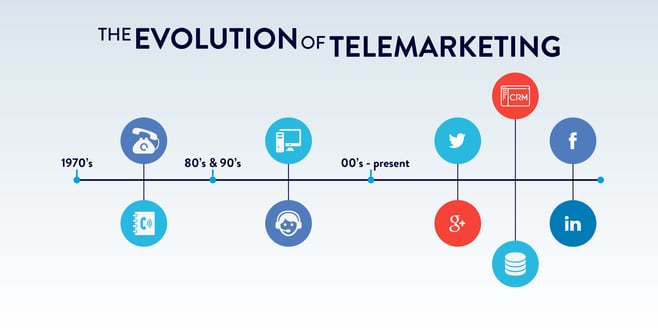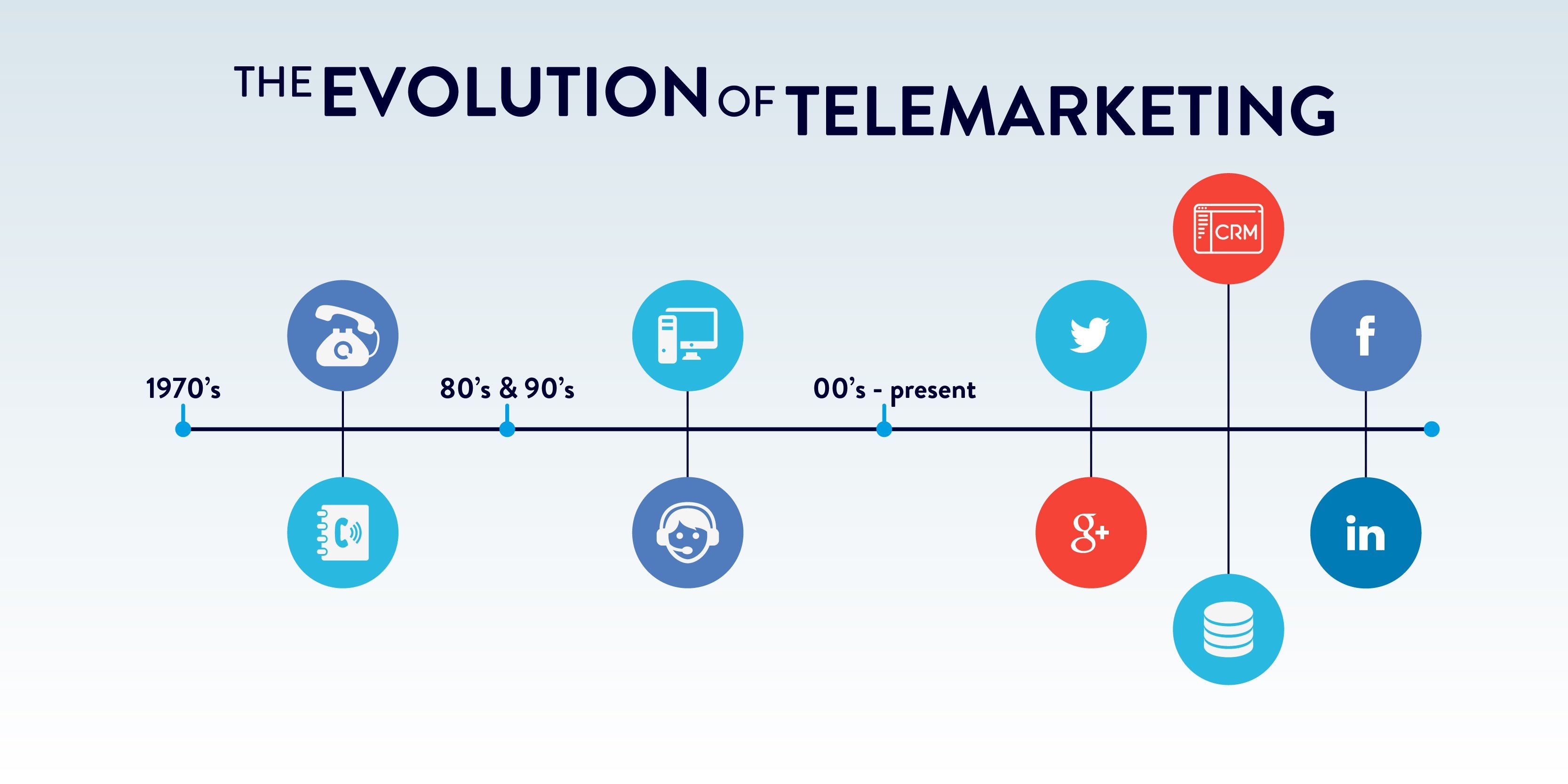
‘Back in my day’…Telemarketing was the office based version of the door-to-door sales person. During the 1970’s, the term Telemarketing was coined on the back of its application by Bell Telephone Company (now AT&T). Telemarketers would work their way through the telephone directory with little strategy, no recording and no continuity. Before the days of predictive diallers and robo-calls, telemarketers had to manually dial each number meaning that even a seasoned telemarketer could only reach out to approximately 100 people per day. Because of this, Telemarketing was seen as an ineffective way of doing business, with little to add to the marketing mix.
Fast forwarding a decade and the numbers really began to increase. With the introduction of technology, telemarketers could not only auto-dial, but they could also use databases to pounce on prospects, just as they sat down to watch their favourite television program. Automated dialling software made it possible to call 300-400 people per day, but how targeted is this approach? This era was well known for its mass-marketing, scattergun approach, where the focus was on quantity rather than quality. Inevitably, because of this, Telemarketing quickly got itself a bad name.
Like the world we live in, Telemarketing has evolved greatly and is now beginning to turn that all important corner. With the introduction of social media, the internet, modernised databases, CRM integration and marketing automation, Telemarketing is no longer relied upon as a stand-alone resource. A ‘good’ telemarketer will use all of these resources in conjunction with each other to research the company, talk to the right person at the right time and target them with relevant information. With the availability of these tools, the focus has now shifted from quantity to quality. Gone are the days of producing mass numbers with very little pipeline opportunity; Telemarketing can now yield quality results with a guaranteed ROI.







